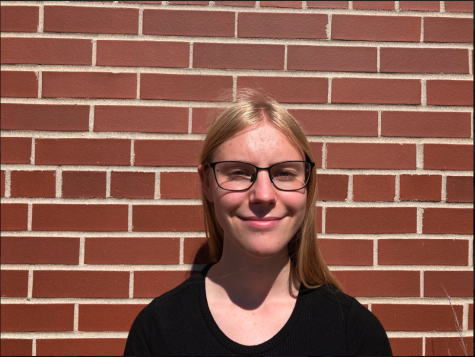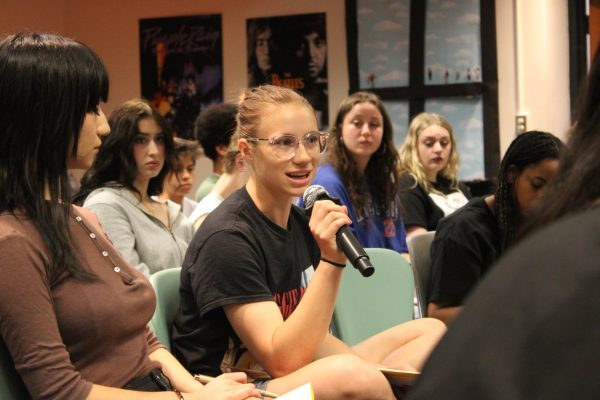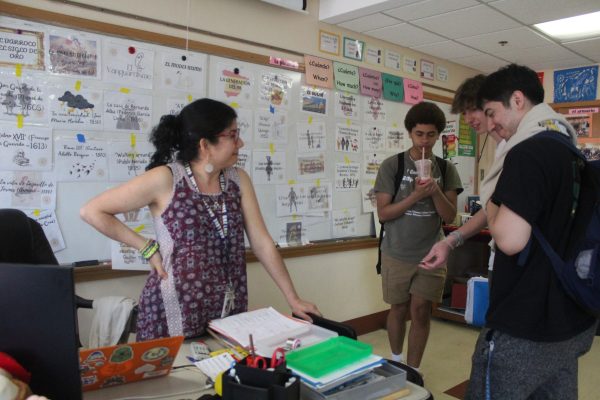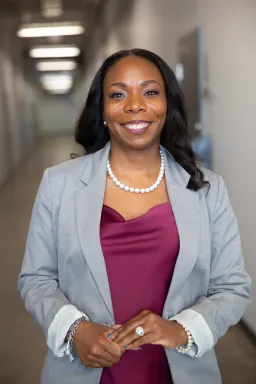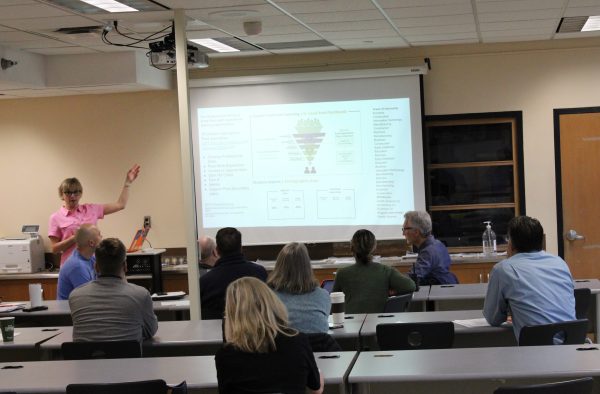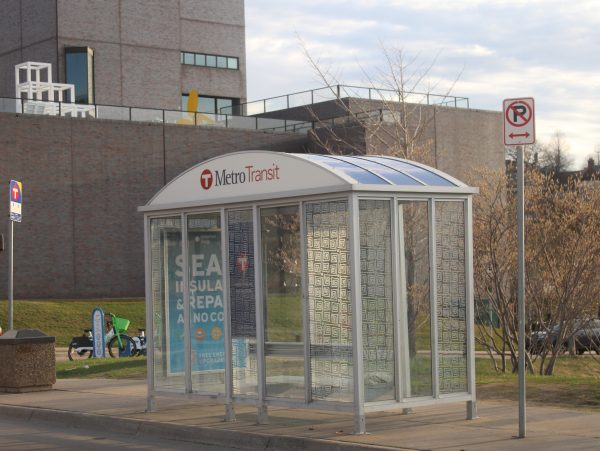Gov. Walz announces Due North Education plan
Plan aims to equitably expand resources for education
February 5, 2021
After reflecting on her experiences as a student of color, equity instructional coach Jess Davis said she hopes the Due North plan will foster students’ intelligence regardless of their race.
“I wonder if my teachers truly saw me for my brilliance, what else I would have been able to do?” Davis said. “I would hope that the Due North Plan will create spaces for teachers of color.”
Gov. Tim Walz disclosed the Due North Plan at a news conference Feb. 1. According to the Minnesota Department of Education website, the plan is a collaborative effort to support students during and after the pandemic, improve the distribution of school funding, increase access to opportunities for students in Greater Minnesota and students of color and refine the teaching workforce.
According to junior Eonna Scanlon, an upgrade to Minnesota’s education system is long overdue, particularly for special education students.
“If there isn’t a nurturing (school) environment, why hasn’t it been dealt with previously?” Scanlon said. “The special education system definitely still needs more funding and more work, and if it’s taken them this long to recognize that there’s problems, then I don’t know how they’re going to get solved.”
Junior Semona Robel said the Due North Plan is important because better education for people of color increases chances of success.
“A lot of people who look like me fall victim to the system and a way that I’m able to be successful and better advocate for people who look like me is through education,” Robel said. “(With full implementation of the plan) we would see a huge decrease of people of color on the streets … We would also see an increase of people of color in powerful positions.”
Davis said she is a part of a group working towards passing the Increased Teachers of Color Act. If the Due North Plan is implemented as it is intended, bills such as these will be likely to pass.
“I am in community with the Coalition for Teachers of Color and Indigenous Teachers,” Davis said. “That group has been the leading coalition to write this bill and push for it. I testified for it for the third time this past week.”
A lot of people who look like me fall victim to the system and a way that I’m able to be successful and better advocate for people who look like me is through education.
— Semona Robel
Robel said she supports the Due North Plan because it will improve equity in education even though it will not completely achieve it.
“Students of color a lot of the time are treated as nothing and pushed aside by teachers and the administration,” Robel said. “No one plan will completely get rid of the problem, but I think that this is certainly a step in the right direction.”
Davis said she is in favor of the plan, but wishes the wording regarding racism was more direct.
“In essence, I’m in favor of it … I’m really glad that expanding mental health services is a priority because that feels like we’re being forward-thinking (and) I definitely believe in the out-of-school opportunities,” Davis said. “I’m a little disappointed that it’s not more aggressive in its action around using anti-racism language.”
According to Scanlon, Walz’s acknowledgment of racism in the education system is a good start to solving the issue.
“There’s obviously always racism everywhere. One way that I’ve experienced it is that in my first advanced class, I was one of the four people of color out of 30 or 40 kids,” Scanlon said. “Public acknowledgment of the fact that we could be doing better is a great first step.”




